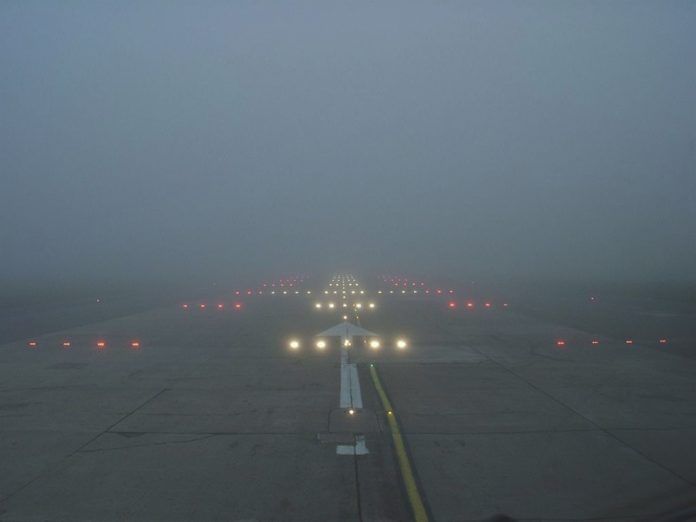We were ready to take off from a nontowered airport into a 700-foot overcast ceiling. Through a remote communications outlet (RCO), I’d received my IFR clearance with instructions to “hold for release” and call ATC when I was number one for takeoff. Taxiing out, I saw a Cessna Citation Mustang light jet at the hold line. I swung onto the run-up pad, knowing I had plenty of time because the Mustang pilot would be holding for his release, and I would not be permitted to depart until he was airborne and well away from the airport.
A friend and co-worker was in the right seat of our company’s Beech A36 Bonanza. He’s a private pilot and has just begun studying for his instrument written, so this was a good opportunity for a teaching moment. Glancing toward the hold line to confirm the jet was still waiting, I began briefing my passenger on my plans for the departure, including my return-to-the-airport strategy.
We were departing Wichita’s Colonel James Jabara Airport (KAAO), on the northeast side of the city. The wind was fairly strong out of the southwest, so Runway 18 was in use. My release would involve an initial heading and altitude until I could be radar-identified, after which Wichita Approach would turn me on course. Even though we were southwest bound to Santa Fe, N.M., from experience I expected an initial heading to the southeast or even to the east to avoid the typically busy morning airspace, especially military traffic at nearby McConnell AFB. The annotated image at the top of the opposite page is a graphic depiction of the airspace, with some notable airports identified. I explained all this to my passenger.
I confirmed my GPS navigator’s flight plan matched my IFR-cleared route and that my initial altitude, 3000 feet, was in the altitude alerter/preselect. I loaded the proper frequencies and confirmed my transponder code matched what I had been given in my clearance, narrating my actions to my pilot-rated passenger.
Then I began to answer his questions: What will we do if there’s a problem during our IFR departure? How will we get back on the ground?
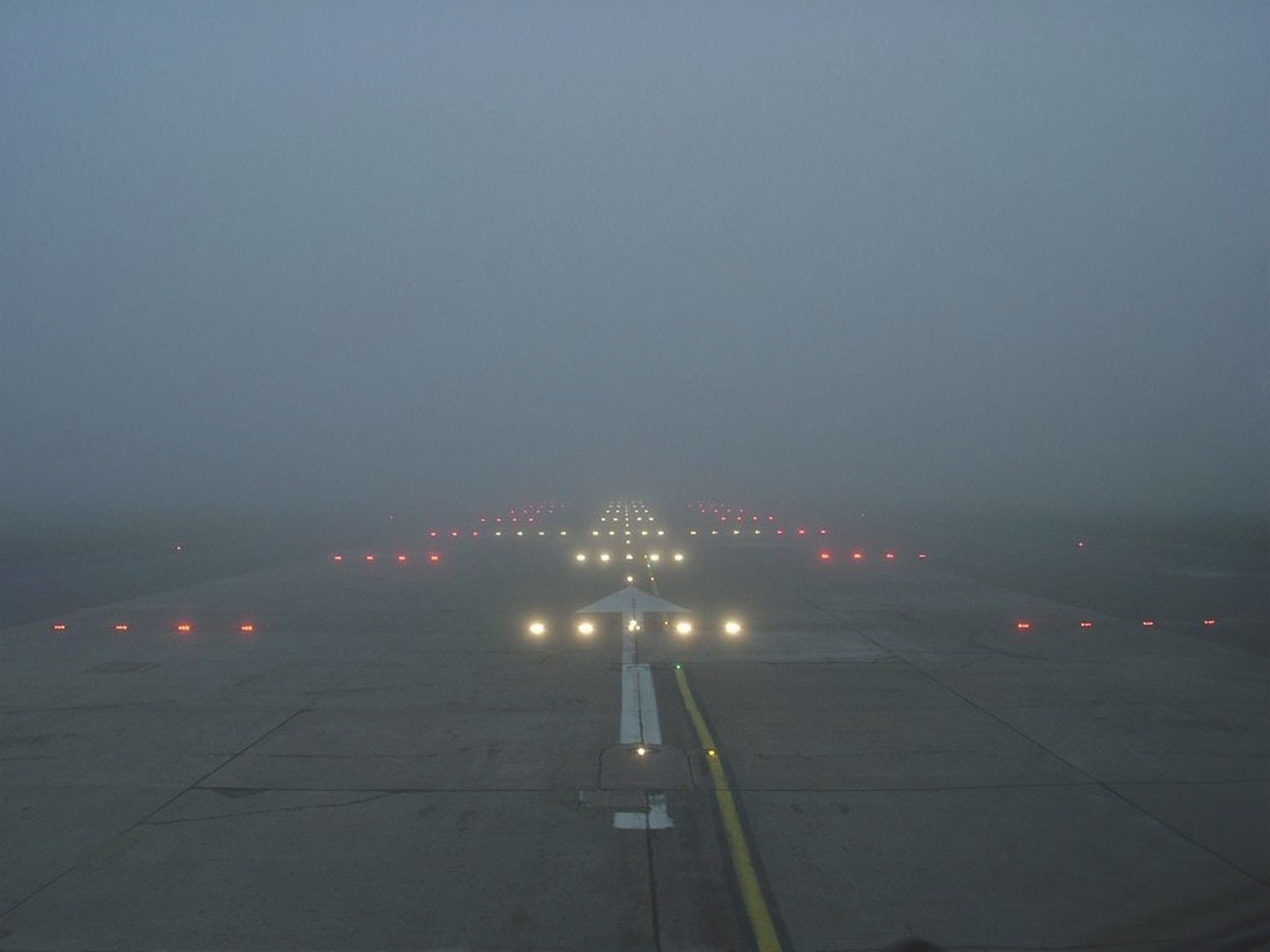
Where to go?
Let’s assume I’m not talking about a total engine failure after takeoff. I brief that separately, but in a single-engine airplane there are few options. My objective would be to push the nose down to the glide attitude initially, keeping the wings level with coordinated rudder and aileron. I would then transition to the airplane’s least rate of descent speed, which is just a little faster than a normal over-the-fence/50-foot obstacle speed, from which I’d flare into a landing more or less straight ahead.
No. What I’m briefing myself (and my future instrument student) here is a strategy for returning to the ground assuming I’m in the air, probably already in the clouds—and I have at least partial engine power available with which to climb—when some compelling reason requires me to abandon the flight and get the airplane back on the ground. For that, the first decision is both simple and important: Where to go?
The natural response is to return to the airport from which you departed. This is usually the quickest and perhaps easiest thing to do, but there are two caveats. First, don’t be too hasty to try to return to the departure airport. You’ll need time to make the mental shift from departure to arrival, to reconfigure the avionics to match your new plans, to brief yourself for what has now become an IFR approach in fairly low weather conditions, and to confirm that the panel, the airplane and you are indeed ready to safely turn “up, up and away” into “down and in.” And second, sometimes it makes sense to approach and land at a different airport than the one you departed in the event you need to abandon the departure. I’ll come back to this second point later.
If I need to exercise a return to the departure airport, I’ll need an approach to the runway in use. Sure, I could approach and land downwind if I had to, but there’s a reason we usually land into the wind and unless an emergency requires otherwise, I’d like to make my landing as normal as possible. Jabara has an ILS and an RNAV (GPS) approach to Runway 18, plus a VOR-A and RNAV (GPS)-E, both of which feature only circling minimums. After my takeoff to the south and likely initial heading to the southeast, either of these approach options mean I would have to fly seven to 10 miles north before a turn west and eventual vector into the final approach course (unless the reason for my return involved communications failure, in which case I’d have to fly even further for the full approach).
There is another option that most pilots would not choose, but that which in his unique case provides for a much quicker return to the airport: Jabara’s VOR-A approach, reproduced at the top of the following page. My likely initial heading would mean that HANCE intersection, both an initial approach fix (IAF) and the final approach fix (FAF) would not be far away. The final approach course comes at the runway at right angles, so after breaking out I can cross midfield and then conform with Jabara’s visual pattern: Turn right for right traffic to Runway 18, or left for the left downwind to Runway 36. The minimums are lower than the current weather. I should have no trouble breaking out and using this approach for the quickest IFR return in the event I need to abort the departure procedure.
Now, I fully expect many pilots would rather fly the straight-in with vertical guidance, so they’d pick the ILS or GPS approach to 18. I’d probably do that too if I wasn’t based there, and I had not flown that VOR-A approach scores of times over the past 25 years, both in the left seat and also included at the end of every instrument proficiency check (IPC) I provide. Especially with GPS monitoring on today’s moving map display, it’s an easy approach for me to fly and it works when either runway is in use. That and the fact I’m almost always initially sent east when departing this airport IFR is why I personally brief and prepare for the VOR-A approach as my “where to go” backup at my home airport, just in case.
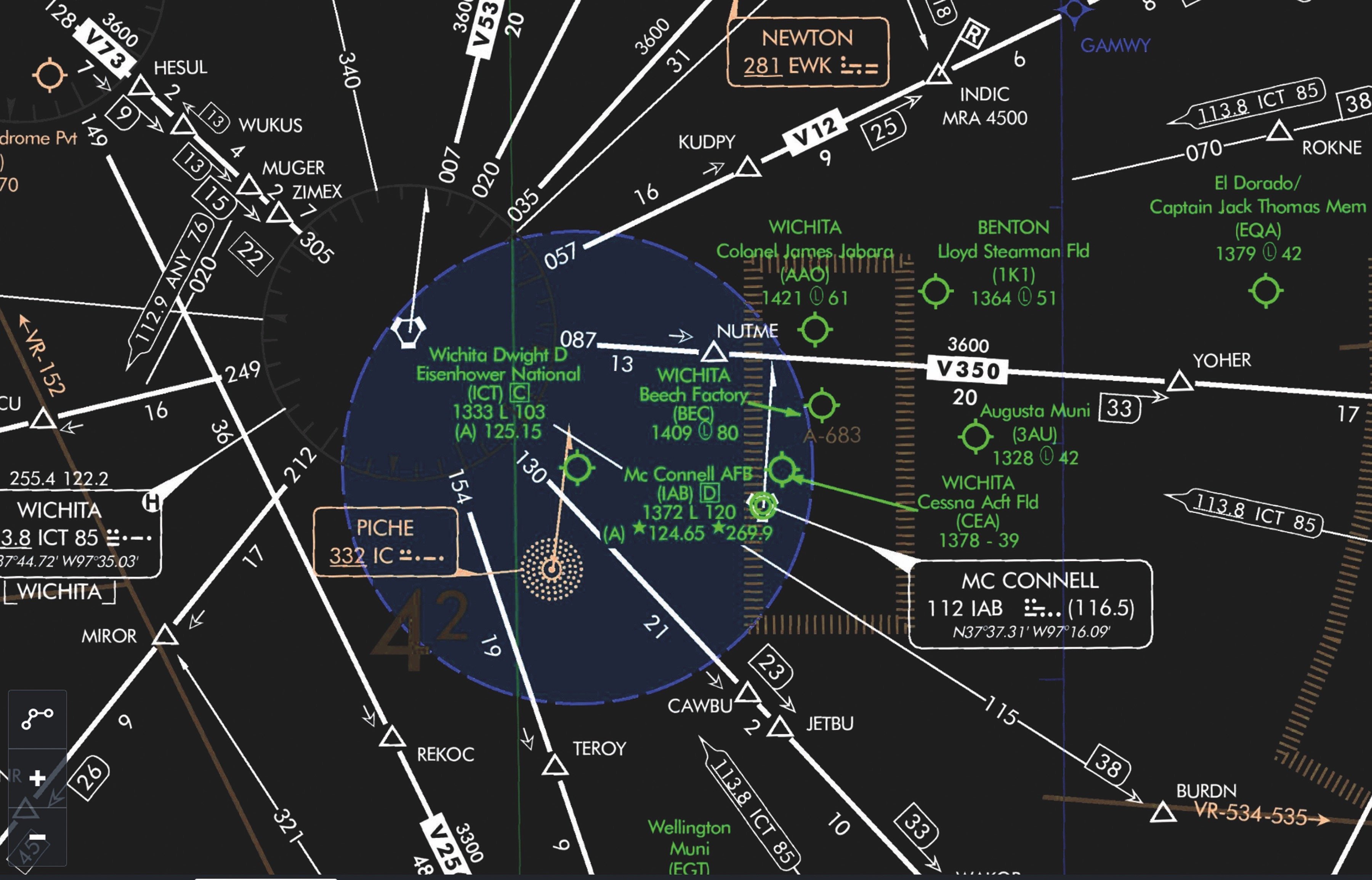
How to get there?
My choice made, I had to be ready to execute it quickly. If I needed to make a quick return, I wouldn’t have much time to set things up and prepare for the approach.
Still in the run-up area, with the Citation Mustang still at the hold line awaiting IFR release, I showed my passenger that a hard copy of Jabara’s VOR-A approach was on the top of the stack on my clipboard. I quickly reviewed the chart aloud, noting the critical items as I dialed the appropriate navigation frequencies into the standby on my #1 nav and active on the #2, then dialing the #2 OBS to the approach’s inbound course. The comm frequencies, of course, would already be tuned—I would be on Wichita Approach and I would have made a final takeoff call on CTAF so UNICOM would be in the backup, available at a single touch on this plane’s Garmin GTN 750.
The essential information I needed to know on the final approach course inbound—the altitudes and step-down fixes, as well as minimum descent altitude; the distances between the fixes and what determines the missed approach point (MAP); and the heading, altitude and hold entry should I need to fly the missed approach—were already sketched out on a Post-It during my preflight planning and stuck to the paper chart. I peeled it off the paper and stuck it to the center of my control wheel, immediately in front of me for quick reference as needed. It’s reproduced on the opposite page.
With the chart at the ready, frequencies either active or ready for immediate activation, and the critical inbound information on my control wheel near my primary scan, all I would have to do to fly the approach would be to tell the 750 to go directly to KAAO, select and activate the approach, and head direct to the IAF—all the while coordinating with Wichita Approach, whether as a normal clearance change or after declaring an emergency as the situation required.
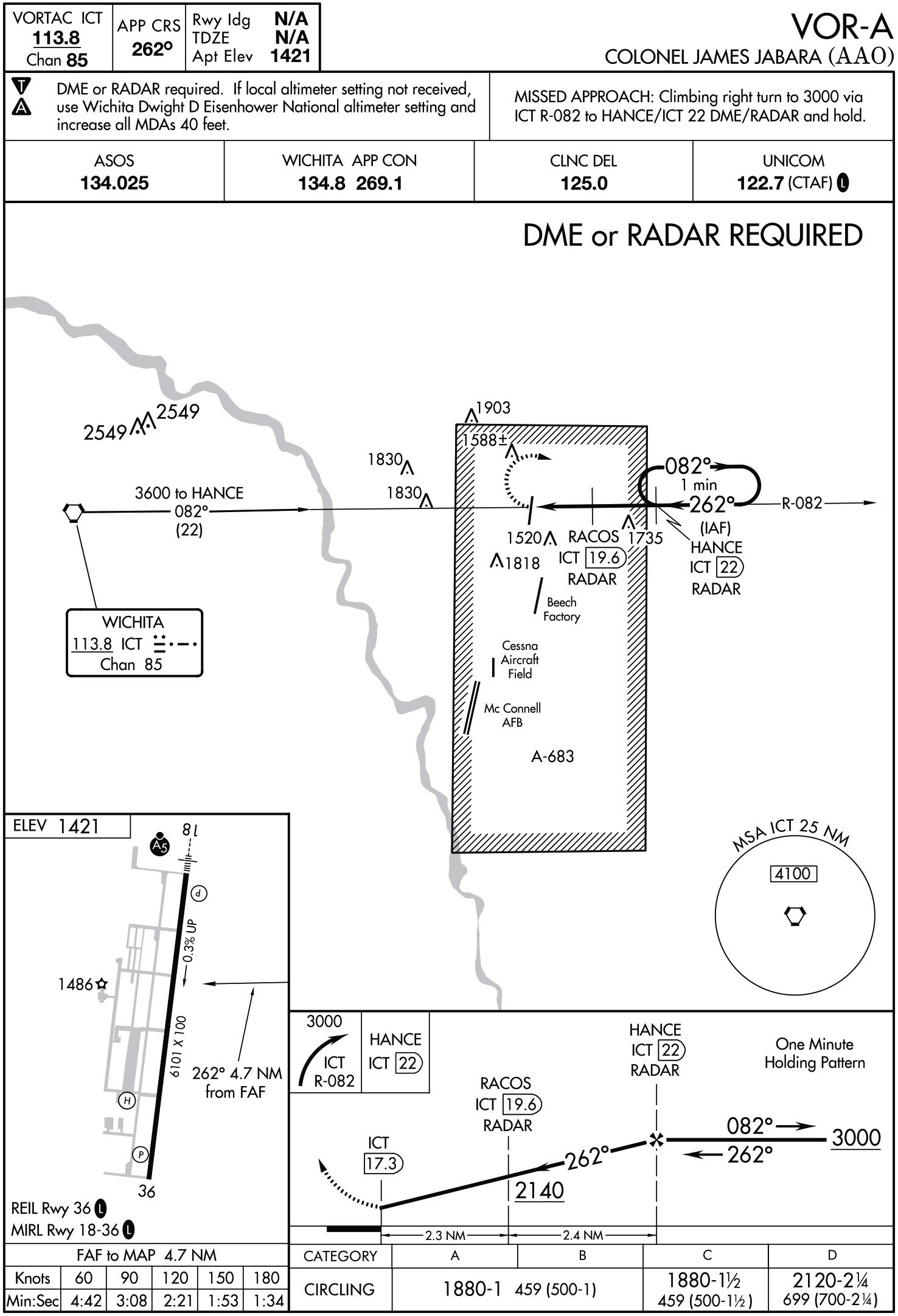
Why return?
What sorts of situations might cause me to exercise the return option? Certainly, any scenario that rises to the level of “emergency” but still permits the airplane to fly, makes me want to get safely on the ground. A rough-running engine or partial power loss, a flight instrument failure, a loss of electrical power that puts me on battery-only power (unlikely since the airplane I was flying has a backup alternator system), some sort of control abnormality or failure, an electrical fire that I was able to extinguish…the list goes on.
There are many non-emergency, abnormal conditions that might also prompt me to come back to the airport. Systems failures like landing gear or flaps that won’t retract after takeoff; an electrical failure that I have temporarily addressed with the standby alternator; a door or window that comes open in flight; failure of a system not required for flight but without which I might not want to continue, such as an autopilot malfunction or electric trim failure…the list goes on. Even some off-the-wall reasons might make me want to return—for instance, if I’d left my briefcase or cell phone in my car or the FBO, or remembering that the rental car or courtesy car keys are in my pocket.
Emergency, abnormal conditions or personal convenience—there are any number of reasons I might decide to abort my departure and come back to land.
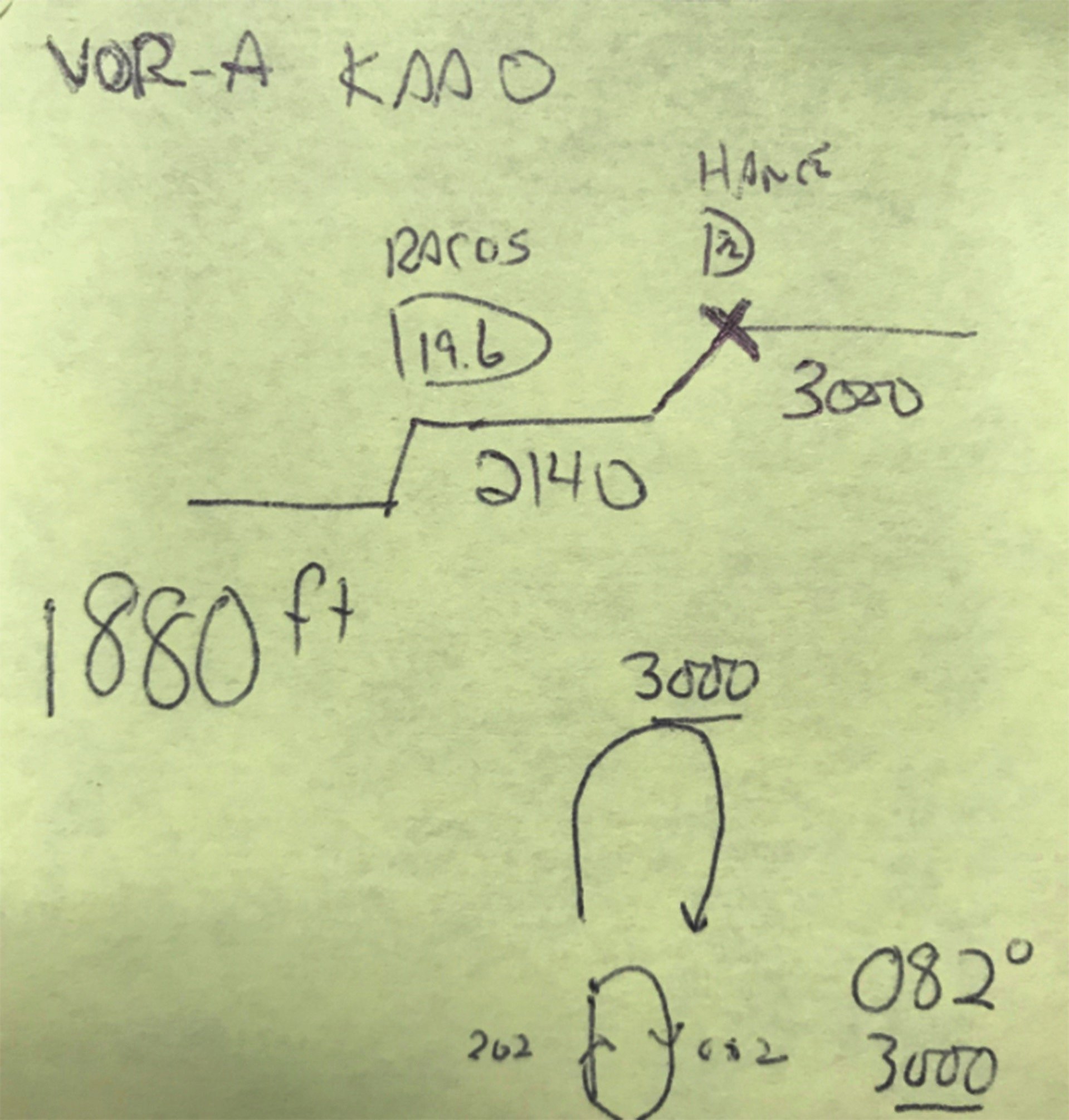
Takeoff alternates
At times, your best option for a rapid landing may not be returning to your departure airport. There may be another nearby airport with lower minimums or that is out ahead of you as you depart. It may be quicker or easier to land somewhere else than to fly all of the time and distance it would take to return to your departure airport. You might want a longer runway for an emergency landing than the departure airport provides; additionally, if flying a twin and an engine fails during climbout, you may need to climb straight ahead for several miles to make it to the initial altitude for an approach. At that point, you may be in a better position to recover at a different airport.
You can prepare, set up for and brief the approach to a different airport if that makes more sense than returning from whence you came. This won’t help you get your misplaced cell phone or return the airport car’s keys, but it may make a big difference if you have a more urgent need to get back on the ground.
Your return-to-land objective is to reduce your workload and make as many decisions in advance as possible. Your goal is to avoid escalating the risk if something occurs that prompts you to abort your IFR departure—many abnormal and emergency conditions are not themselves the cause of airplane accidents, but the decisions or mistakes the pilot makes under the stress of those conditions are what ultimately result in a crash. Your return strategy is to include preparing for a departure abort as a normal part of your IFR takeoff planning and cockpit setup.
Epilogue
Monitoring both the approach and CTAF frequencies, I heard the Mustang pilot get his IFR release and saw the jet taxi onto the runway. Since the weather was IMC, no one would want to depart VFR in front of me—and also because an IFR twin Cessna was taxiing out and I didn’t want to have to wait for it to depart ahead of us as well—I pulled up to the hold-short line, knowing the Mustang would have to get clear of the airspace before Approach could let us depart.
Waiting for release and still listening to Wichita Approach over the RCO, I heard the Mustang pilot report a pressurization problem and request a clearance amendment to nearby Wichita Eisenhower Airport, where he could go to the factory service center. Pleased he didn’t have an emergency and (selfishly) that he was not coming back to Jabara, which would have delayed our departure even more, I hoped the single pilot of that light jet had also planned, prepared and briefed his own return strategy.
Tom Turner is a CFII-MEI who frequently writes and lectures on aviation safety.

